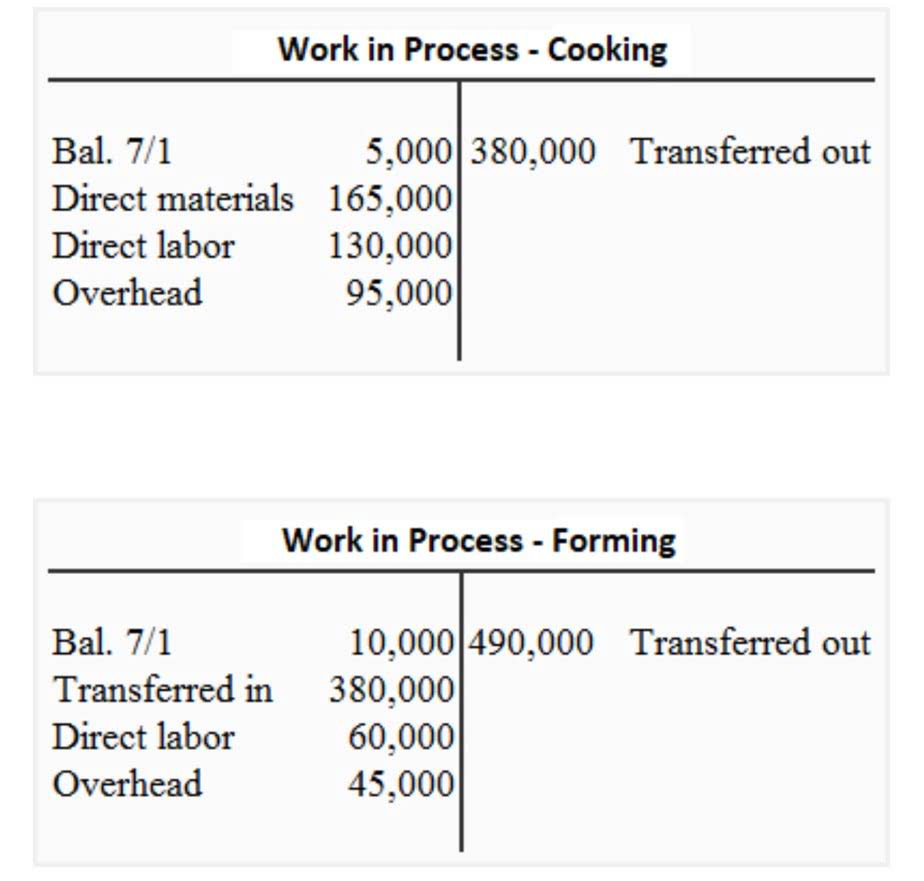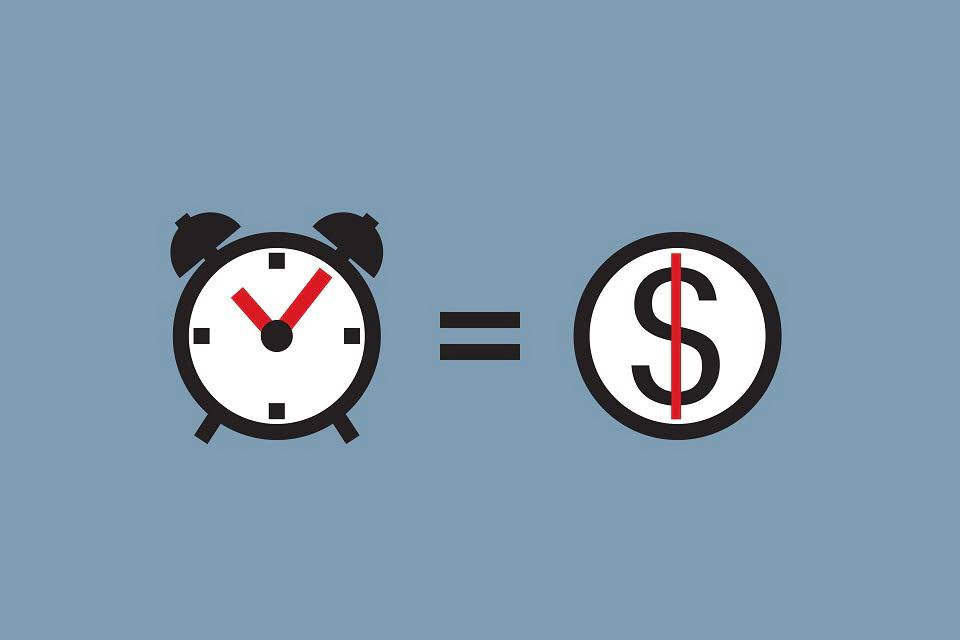
However, when we calculate depreciation tax shield, even though the tax amount is reduced due to depreciation, the company may eventually sell the asset at a profit. This will again partly offset the income saved from previous tax reductions. On the income statement, depreciation reduces a company’s earning before taxes (EBT) and the total taxes owed for book purposes. A tax shield on reduction is the correct organization of assets for saving the tax. Consequently, this is a tax lowering technique under which devaluation expenses can deduct from taxable income.
Navigating Crypto Frontiers: Understanding Market Capitalization as the North Star
Key Takeaways Dividends are taxable to a corporation as they represent a company’s profits. Although that tax rate is often more favorable than ordinary income, some see this as a double taxation. By multiplying Depreciation Expense by the Income Tax Rate, you calculate the Bookkeeping for Consultants taxes saved (i.e. ‘Shielded’). Here, we explain the concept along with its formula, how to calculate it, examples, and benefits.

Impact of Accelerated Depreciation on the Depreciation Tax Shield
Where we is the weight of equity, ke is the cost of equity, wd is the weight of debt, kd is the pre-tax cost of debt (i.e. its yield to maturity) and t is the tax rate. The taxes saved due to the Interest Expense deductions are the Interest Tax Shield. Beyond Depreciation Expense, any tax-deductible expense creates a tax shield. The ability to use a home mortgage as a tax shield is a major benefit for many middle-class people whose homes are major components of their net worth. It also provides incentives to those interested in purchasing a home by providing a specific tax benefit to the borrower. So, for instance, if you have $1,000 in mortgage interest and your tax rate is 24%, your tax shield will be $240.
Depreciation Tax Shield Formula

As always, consult with financial professionals or tax experts for specific advice tailored to your situation. The tax shield from interest expense complements the tax shield from depreciation. When calculating the weighted average cost of capital (WACC), both components contribute to reducing the overall cost of capital. Depreciation refers to the systematic allocation of the cost of an asset over its useful life. As an asset loses value due to wear and tear, obsolescence, or other factors, businesses recognize this reduction in value as an expense on their income statements. While depreciation has several financial implications, one of the most significant benefits is the tax shield effect.

Formula
- Many businesses hire accelerated depreciation approaches when they have assets they expect to be more fruitful.
- Tax shields can take many forms, including deductions for business expenses, depreciation of assets, tax credits for investments in certain industries, and other tax-related incentives.
- You may also look into the related articles below for a better understanding.
- Depreciation refers to the systematic allocation of the cost of an asset over its useful life.
- Taxpayers can either reduce their taxable income for a specific year or choose to defer their income taxes to some point in the future.
Below are the Depreciation Tax Shield calculations using the Straight-Line approach. As an alternative to the Straight-Line approach, we can use an ‘Accelerated Depreciation’ method like the Sum of depreciation tax shield Year’s Digits (‘SYD’). Below, we take a look at an example of how a change in the Depreciation method can have an impact on Cash Flow (and thus Valuation). As you can see from the above calculation, the Depreciation Tax Savings as the expense increases.
Tax Shield: Definition, Formula For Calculation, And Example
- With over 20 years of experience, TaxShield and our Chartered Quantity Surveyors have completed tens of thousands of reports.
- It’s important to consult with a tax professional or financial advisor to understand the specific tax provisions applicable to your situation and optimize the use of tax shields effectively.
- By comparing the above two options calculated, we concluded that the present value in the case of buying by taking a tax shield is lower than the lease option.
- Private Equity Funds typically use large amounts of Debt to fund acquisitions.
- This allows to include expenses related to external capital as tax-deductible expenses.
The company has $150,000 in interest payments on a loan for new equipment and uses MACRS to depreciate $500,000 worth of machinery, resulting in a $100,000 depreciation expense for the year. Interest payments on borrowed capital are often deductible, benefiting companies that rely on debt financing. According to the Internal Revenue Code (IRC) Section 163, businesses can deduct interest paid or accrued on indebtedness within the taxable year. However, the Tax Cuts and Jobs Act of 2017 limits the interest deduction to 30% of adjusted taxable income for businesses with average annual gross receipts exceeding $27 million (as of 2023). This cap underscores the importance of payroll carefully assessing debt strategies to optimize interest deductions. While tax shields result in tax savings, the two concepts are not exactly the same.
Formula for Calculating a Tax Shield
Lastly, launching a new business can earn you as much as a $5,000 deduction the year you create a startup. You have a little bit of flexibility with a tax shield since you have an opportunity to reduce taxable income for a specific tax year. Alternatively, you have the opportunity to move it forward to a future point in time. This means that the company’s tax liability would be reduced by $30,000 due to the deduction of interest expense on debt.


